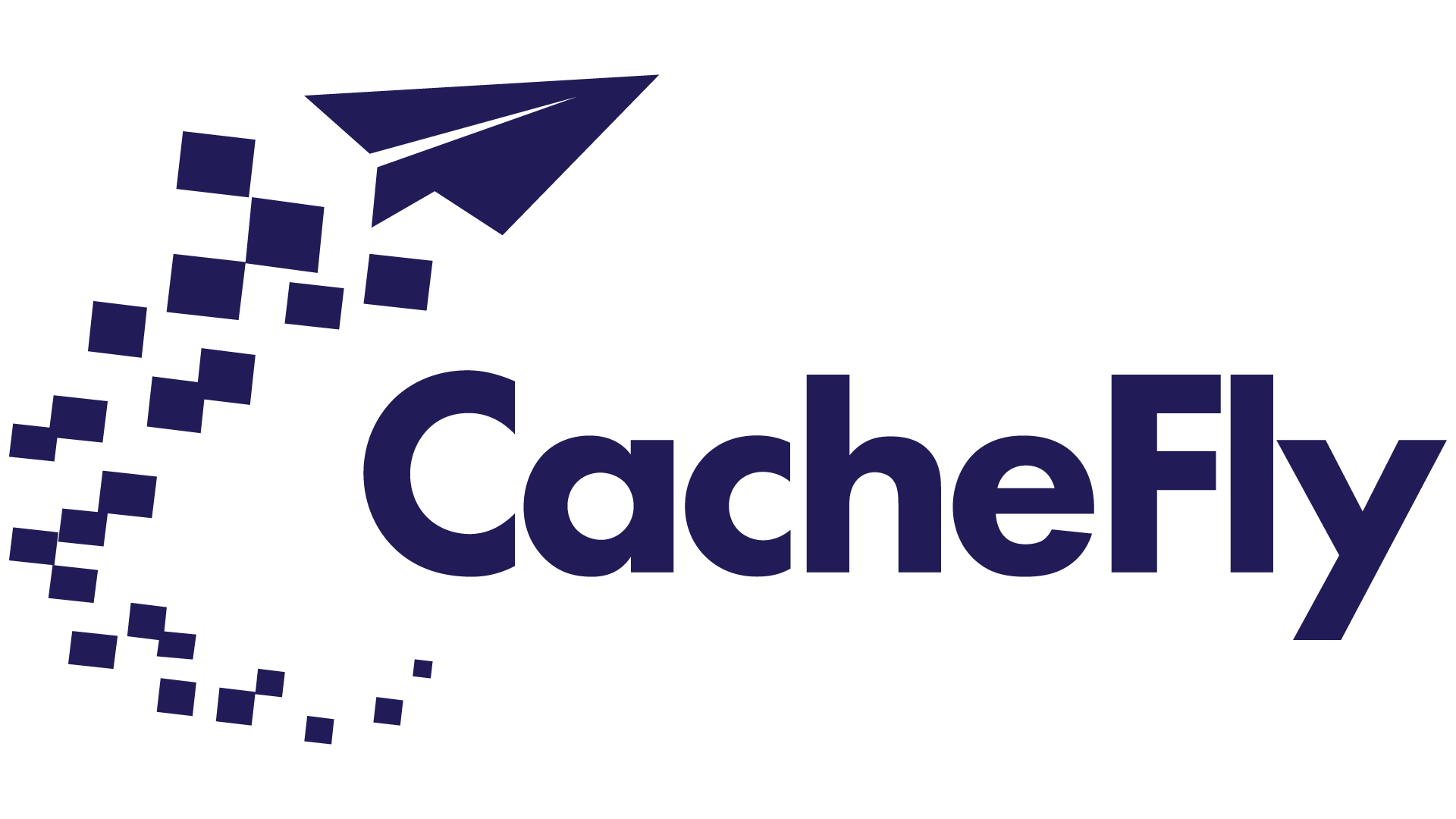
Solving Latency Issues with Advanced CDN Solutions
Post Author:
CacheFly Team
Categories:
Date Posted:
October 4, 2024
Key Takeaways
- Choosing optimal Points of Presence (POPs) locations can significantly reduce latency.
- Advanced caching techniques like browser caching, object caching, and content pre-fetching can store frequently accessed content closer to the user, minimizing latency.
- Modern protocols like HTTP/2 and QUIC improve content delivery speed and reduce latency compared to traditional protocols like HTTP/1.1.
- Minimizing DNS lookup time and enabling edge computing can significantly reduce the overall latency experienced by the end-user.
The age of instant gratification demands high-speed content delivery. Whether you’re a gamer, a media publisher, or a software developer, latency can be a thorn in your digital experience. Understanding how to reduce latency can be the difference between success and failure in this fast-paced digital world. This post focuses on the key principles of CDN implementation for latency reduction, providing you with actionable insights to tackle latency issues and improve your user experience. You’ll learn about the role of Points of Presence (POPs), advanced caching techniques, modern protocols, DNS lookups, and edge computing in solving latency issues with CacheFly’s CDN.
Key Principles of CDN Implementation for Latency Reduction
First and foremost, strategically choosing your CDN server locations or Points of Presence (POPs) can significantly reduce latency. By selecting locations closest to your target audience, you minimize the physical distance data must travel. As stated in a previous CacheFly article, “Latency can be reduced by fine-tuning CDN settings, such as selecting optimal Points of Presence (POPs) locations and implementing advanced…”. So, the closer the content is to the user, the lower the latency.
Secondly, implementing advanced caching techniques can further minimize latency. By leveraging browser caching, object caching, and content pre-fetching, frequently accessed content is stored closer to the user. This minimizes the need for repeated requests to the origin server, ultimately reducing latency. In short, smart caching equals speedier content delivery.
Optimizing content delivery protocols is another crucial step in reducing latency. Modern protocols like HTTP/2 and QUIC allow multiplexing, header compression, and parallel requests. This results in faster content delivery and reduced latency compared to traditional protocols like HTTP/1.1. In essence, the right protocol can make your content fly.
Reducing the time required for DNS resolution is another effective way to minimize latency. By utilizing DNS load balancing, anycast routing, and GeoDNS, user requests are directed to the nearest available CDN server, thus minimizing latency caused by DNS lookups. The faster your DNS can point to the right direction, the quicker your content arrives.
Finally, enabling edge computing can significantly reduce the round-trip time and overall latency experienced by the end-user. By processing and serving dynamic content directly from the CDN’s edge servers, the need for requests to travel back to the origin server is eliminated. It’s all about bringing the content closer to the user.
Implementing Advanced Techniques for Video and Gaming Latency Reduction
In the digital landscape where video streaming and online gaming dominate, latency can be a deal-breaker. Whether it’s buffering during a crucial scene in a blockbuster movie, or lag during an intense gaming session, latency can ruin the user experience. But worry not. By implementing advanced techniques, you can ensure smooth video playback and a seamless gaming experience. Let’s dive into these techniques and see how CacheFly’s CDN can help in solving latency issues.
Adaptive Bitrate Streaming (ABR)
Adaptive Bitrate Streaming (ABR) is a game-changer in video streaming. By dynamically adjusting video quality based on the user’s network conditions and device capabilities, ABR ensures smooth playback and minimizes buffering-related latency. According to CacheFly’s article, implementing a CDN can optimize video delivery for low latency. In other words, ABR and CDN together can ensure that your viewers enjoy a buffer-free streaming experience, regardless of their network conditions.
Multi-CDN Strategy for Gaming
In the gaming world, every millisecond counts. A multi-CDN approach can ensure optimal performance and reduced latency by distributing gaming traffic across multiple providers. It leverages the strengths of each CDN’s network infrastructure and routing algorithms. This strategy can ensure that your game data travels the shortest possible path, reducing latency and enhancing your players’ gaming experience.
Edge-Based Game Server Hosting
Hosting game servers at the CDN’s edge locations brings them closer to the players. This minimizes the physical distance game data must travel, leading to significantly reduced gaming latency and improved responsiveness. So, by choosing CacheFly’s CDN for edge-based game server hosting, you’re essentially bringing your game closer to your players, ensuring a smooth and lag-free gaming experience.
Real-Time Performance Monitoring
Keeping an eye on video and gaming performance metrics such as latency, packet loss, and jitter, can help proactively identify and address potential issues before they impact the end-user experience. Real-time performance monitoring enables you to stay ahead of any potential latency issues, ensuring an uninterrupted digital experience for your users. Remember, in the digital world, knowledge is power, and real-time knowledge can make all the difference.
Optimizing Game Updates and Patches Delivery
Every gamer knows the frustration of having to wait for game updates and patches to download. But by leveraging a CDN’s global distribution network, you can minimize the time required for downloads, ensuring a seamless, low-latency gaming experience. In a nutshell, quick and efficient delivery of game updates and patches can keep your players in the game, not in the waiting room.
Leveraging Emerging Technologies for Ultra-Low Latency Content Delivery
As we continue to push the boundaries of digital content delivery, emerging technologies offer new opportunities to reduce latency and enhance user experience. By harnessing these technologies, we can achieve ultra-low latency in our content delivery networks. Let’s take a closer look at how these technologies can assist in solving latency issues with CacheFly’s CDN.
Implement 5G Technology
5G technology is not just about speed—it’s also about reducing latency. Its faster data transmission capabilities and reduced network latency compared to previous generations of mobile networks make it an ideal tool for achieving ultra-low latency content delivery. By implementing 5G technology with CacheFly’s CDN, you can ensure rapid and reliable content delivery to your users, regardless of their location.
Utilize Edge Computing
Edge computing brings computation and storage closer to the end-user, minimizing the physical distance data must travel. This proximity results in significantly reduced latency and an improved user experience. By processing and serving content from the network edge, CacheFly’s CDN can offer a faster, more efficient content delivery service, guaranteeing an optimal user experience.
Implement WebAssembly (Wasm) for Edge Computing
WebAssembly (Wasm) is a binary instruction format that enables high-performance, low-latency execution of complex applications at the CDN’s edge. By utilizing WebAssembly, CacheFly’s CDN can ensure faster processing and reduced round-trip time between the client and the server. This results in a significantly improved content delivery speed, thereby reducing latency.
Adopt Serverless Computing
Serverless computing platforms automatically scale CDN resources based on demand. This ensures optimal performance and reduced latency during peak traffic periods without the need for manual intervention. By adopting serverless computing with CacheFly’s CDN, you can ensure that your content delivery network can easily scale to meet demand, ensuring consistently low latency even during periods of high traffic.
Effective Monitoring and Troubleshooting for Optimal CDN Performance
Monitoring and troubleshooting are two crucial aspects of CDN performance optimization. The right strategies and tools not only help in identifying and addressing potential issues before they impact the end-user experience, but also contribute towards solving latency issues with CacheFly’s CDN. Let’s delve into these strategies.
Implement Real-Time Monitoring and Analytics
CDN performance metrics such as latency, throughput, and error rates provide valuable insights into the CDN’s performance. By continuously monitoring these metrics using real-time monitoring tools, you can proactively identify and address potential issues. As highlighted in CacheFly’s article, effective monitoring and proactive testing significantly improve CDN performance, optimize user experience, reduce latency, and enhance security.
Conduct Regular Performance Testing
Regular load testing, stress testing, and latency testing help assess the CDN’s performance under different conditions. These tests are essential for identifying potential bottlenecks and areas for optimization. By conducting performance testing, you can ensure the CacheFly CDN remains efficient and reliable, even during moments of high traffic or stress.
Utilize Synthetic Monitoring
Synthetic monitoring tools simulate user interactions and proactively detect CDN issues. They are invaluable in ensuring optimal performance and reduced latency for end-users across different geographies and devices. By using synthetic monitoring, you can create a seamless user experience with CacheFly’s CDN, regardless of the user’s location or device.
Leverage Machine Learning for Anomaly Detection
Machine learning algorithms can analyze CDN performance data to identify anomalies and potential issues in real-time. This allows for proactive troubleshooting and minimizes the impact on the end-user experience. By leveraging machine learning, you can keep ahead of potential pitfalls and maintain optimal performance with CacheFly’s CDN.
Establish a Comprehensive CDN Support System
Partnering with a CDN provider that offers multi-channel communication, including direct access to technical executives, can facilitate swift problem resolution and latency troubleshooting. CacheFly’s CDN’s comprehensive support system ensures that “No matter the time zone or the hour, CacheFly’s CDN support team stands ready to tackle your CDN concerns. An unwavering commitment to immediate response times for critical CDN issues means your operations continue without a hitch, day or night.”
As we’ve discussed, achieving ultra-low latency content delivery involves harnessing emerging technologies and implementing effective monitoring and troubleshooting strategies. It’s a challenge, but one that’s well worth it for the improved user experience. Now, the question is, are you ready to take your CDN performance to the next level with these strategies?
About CacheFly
Beat your competition with faster content delivery, anywhere in the world! CacheFly provides reliable CDN solutions, fully tailored to your business.
Want to talk further about our services? We promise, we’re human. Reach us here.
Product Updates
Explore our latest updates and enhancements for an unmatched CDN experience.
Book a Demo
Discover the CacheFly difference in a brief discussion, getting answers quickly, while also reviewing customization needs and special service requests.
Free Developer Account
Unlock CacheFly’s unparalleled performance, security, and scalability by signing up for a free all-access developer account today.
CacheFly in the News
Learn About
Work at CacheFly
We’re positioned to scale and want to work with people who are excited about making the internet run faster and reach farther. Ready for your next big adventure?





